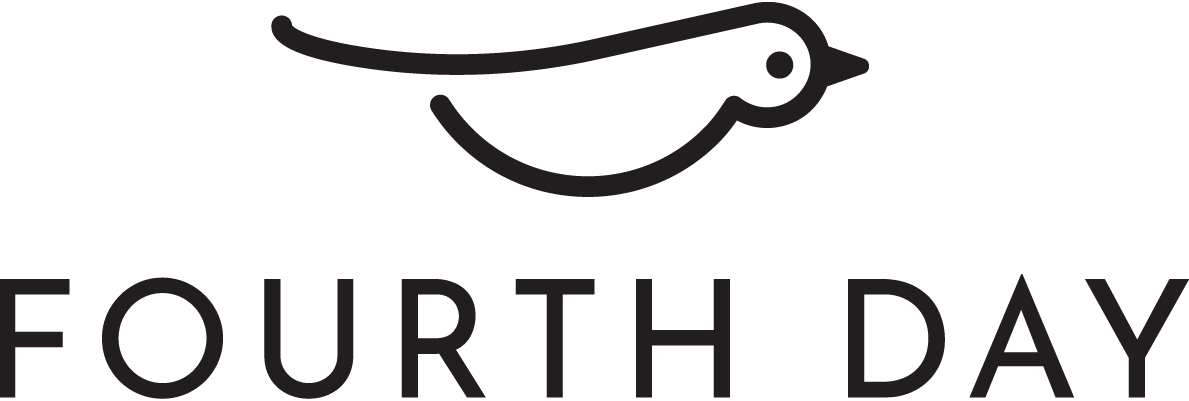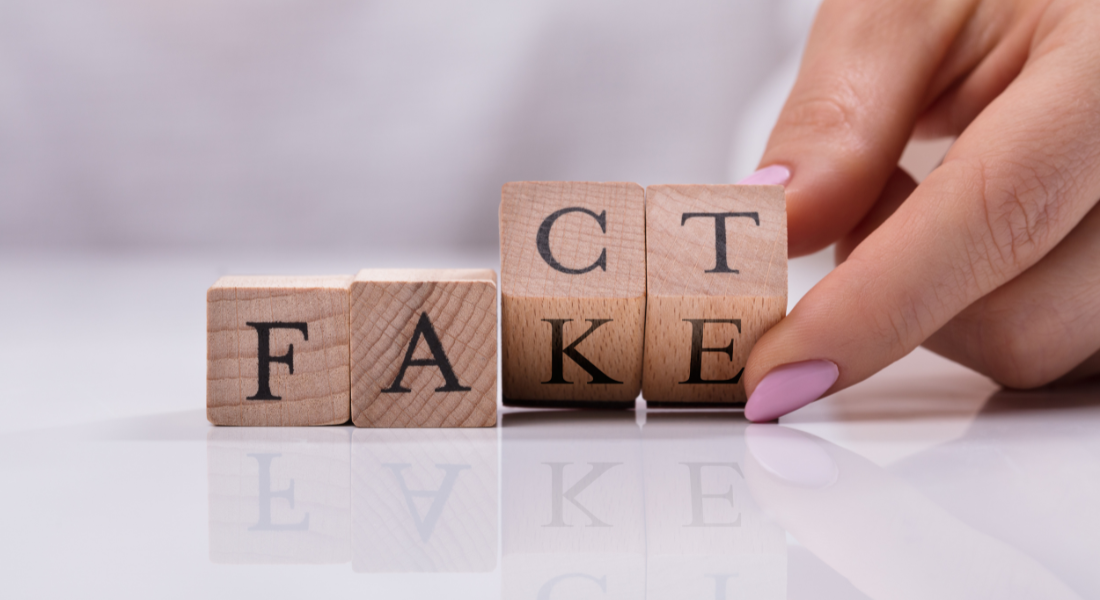It’s not about 8 out of 10 cats: how research can be a brilliant tool for building trust
By Xanthe Vaughan Williams
W e all know that we shouldn’t trust isolated statistics.
And yet the headlines are full of them. “1.4m Britons have a gambling problem”, (The Guardian). “Summer 2025 heat waves cost France over €10 billion”, (Le Monde).
The truth is that statistics in headlines attract our attention. In PR there’s no doubt that a bit of “quick and dirty” research can help to raise brand awareness for a company. And for the most part it’s entirely harmless. A story claiming that twice as many Britons would save their dog rather than their partner will get people chatting. As will a “listicle” of the ten worst questions that people have been asked in interviews. It’s a simple way to produce an entertaining piece that lightly links a brand to its area of expertise.
On the other hand, the misuse of stats can be dangerous. The falsified reports from VW about its emissions and the fraudulent claims about a link between autism and the MMR jab published in the Lancet are examples of how a plausible statistic can travel a long way. I’ll avoid bringing politics into this but I don’t think that anyone would dispute that the effects of the “Brexit bus” were far-reaching. So how can B2B brands use market research responsibly – not simply as a way to grab attention, but to build trust?
- Decide on a subject matter
The first thing to think about is the subject matter. Unsurprisingly, any research-based campaign focused on trust and reputation has to be divorced from pushing a product message. It should provide information that is of genuine value to its target audience. If you’re an IT company with a supply chain product targeting manufacturers, for example, it could be of great value to your client base to find out how other players in the sector are tackling communication challenges with their suppliers. It’s all about going back to the core point of differentiation between PR and advertising. Advertising is telling everyone how great you are. PR means helping them work that out for themselves.

"Advertising is telling everyone how great you are. PR means helping them work that out for themselves."Xanthe Vaughan Williams Co-founder, Fourth Day
2. Work with a research partner
Secondly, the research should be conducted by a neutral third party. Again, one of the principles of effective public relations is that you build your reputation by being spoken about, rather than speaking about yourself. You need to be prepared to show the methodology involved and explain how conclusions have been drawn. A good B2B research company will work with you to develop questions and present findings. It’s all too easy for those of us who aren’t statisticians to misinterpret a spreadsheet of research data.
3. Maximise the results
Finally, you need to consider how you will present the research. The chances are that you will want to use a number of different formats to maximise the value of the research – from a core written paper through to video, interviews and social media posts, and you may bring in different elements of your PR armoury at different points. You have an opportunity to demonstrate your expertise and interpret your findings, and working alongside a reputable industry influencer may help add to your credibility as well as reach. Bringing in existing customers to add their views is also a great way to emphasise that you are working in the real world. It also gives you the opportunity to show off your customer relationships in an understated but compelling way.
Only when it comes to disseminating your research should catchy statistics cross your mind. At this point, you have created a valuable product that you can start selling. So if you happen to have a few juicy numbers that might just grab a headline – go for it!
Share this:





